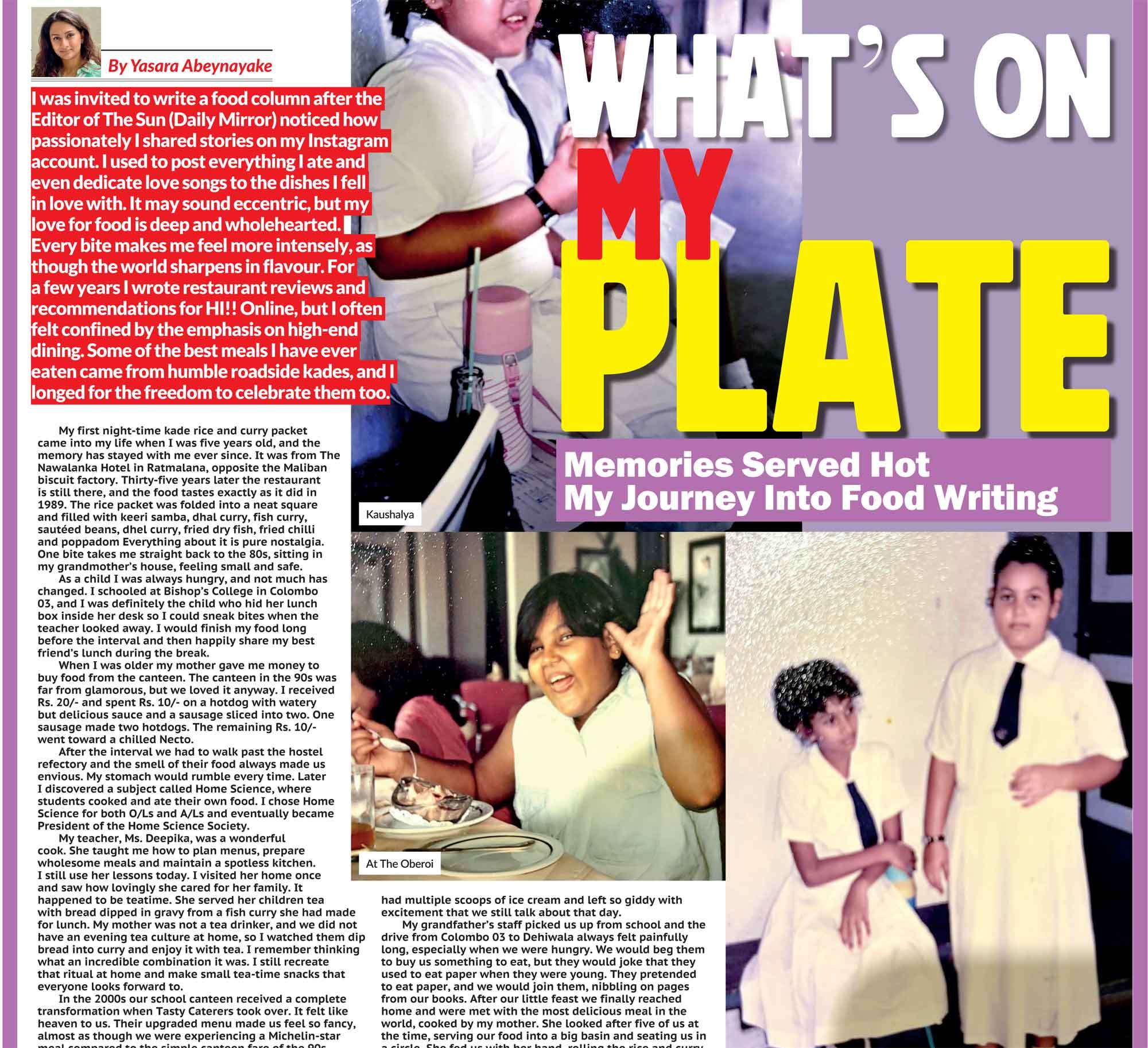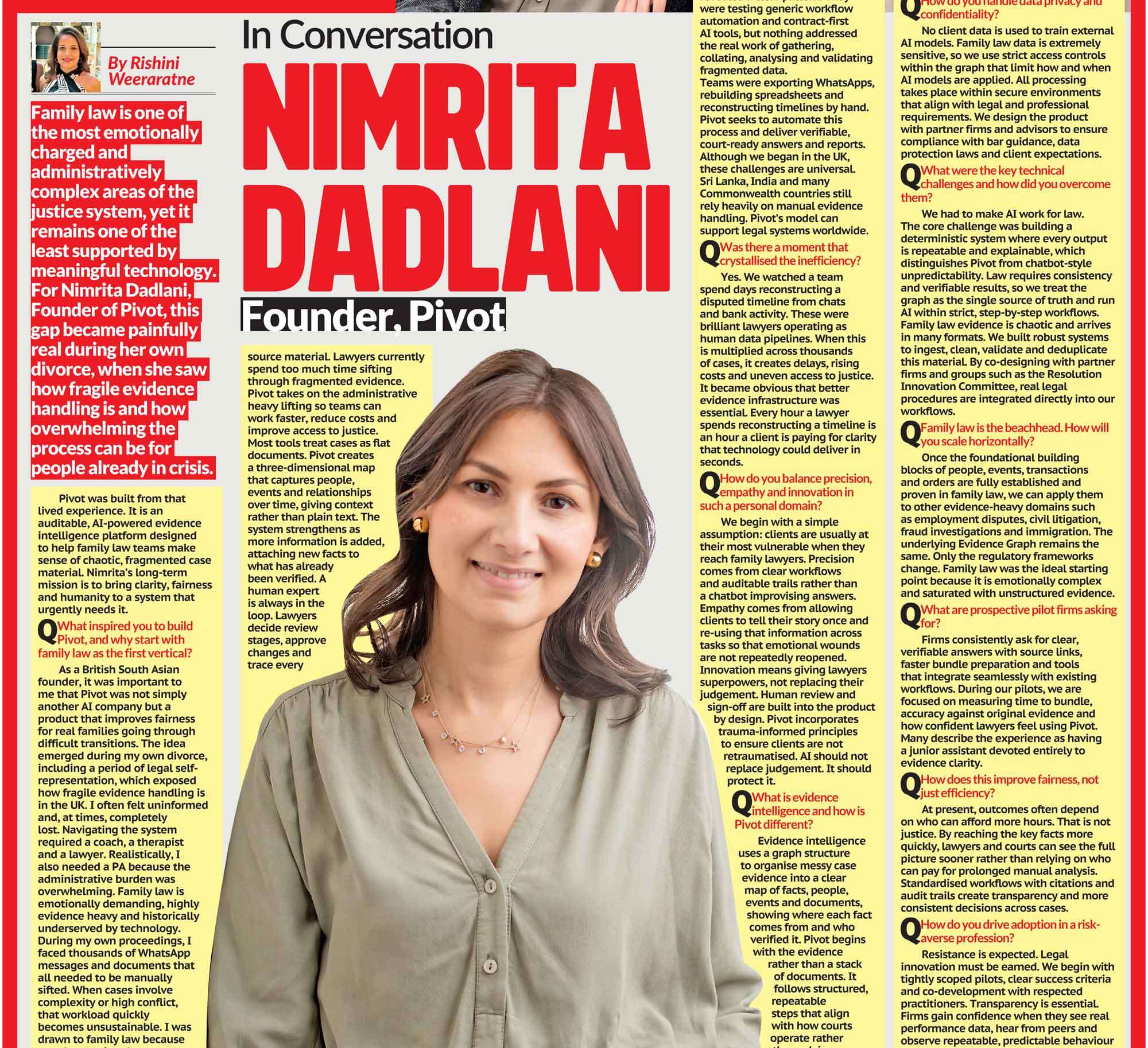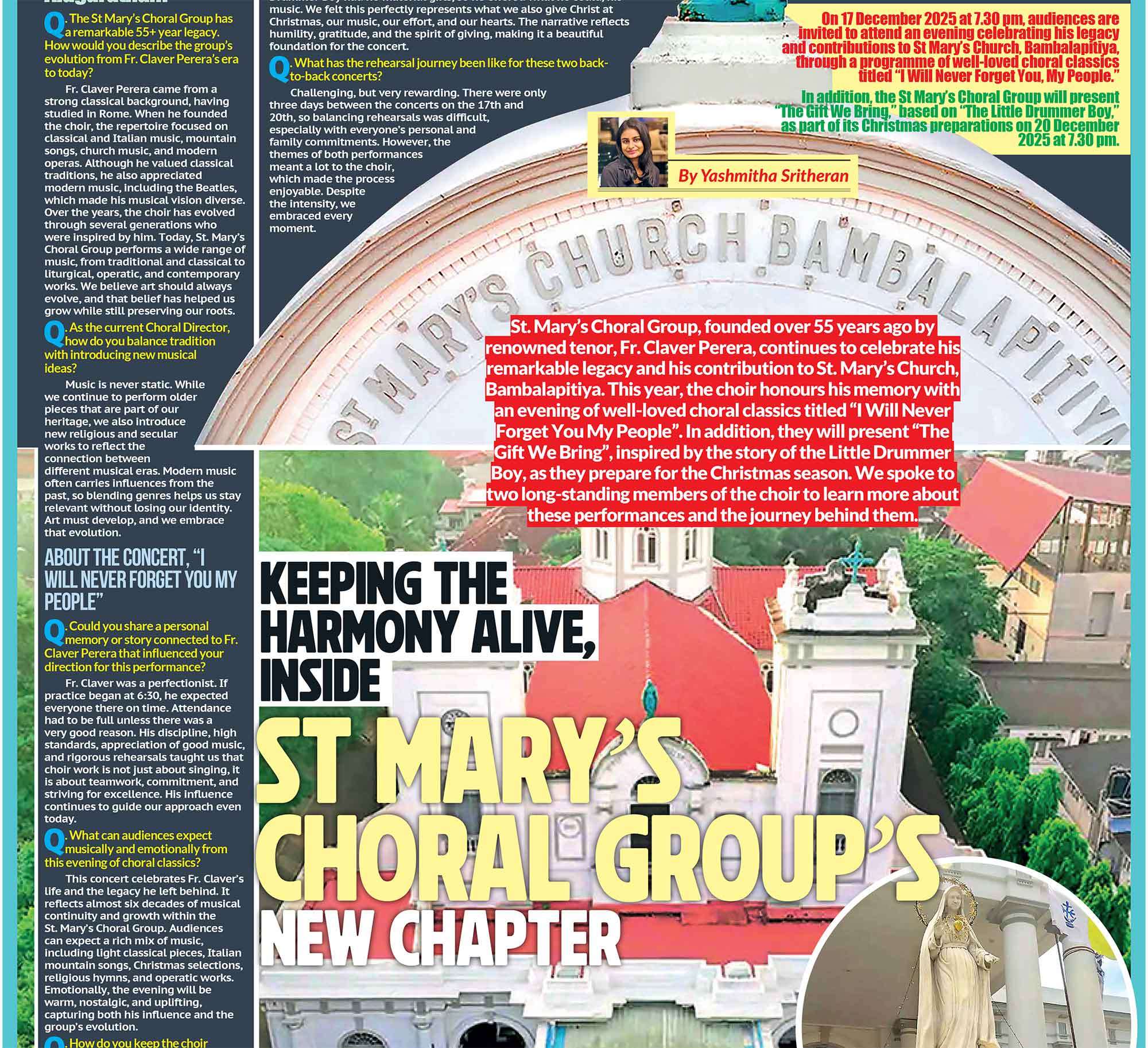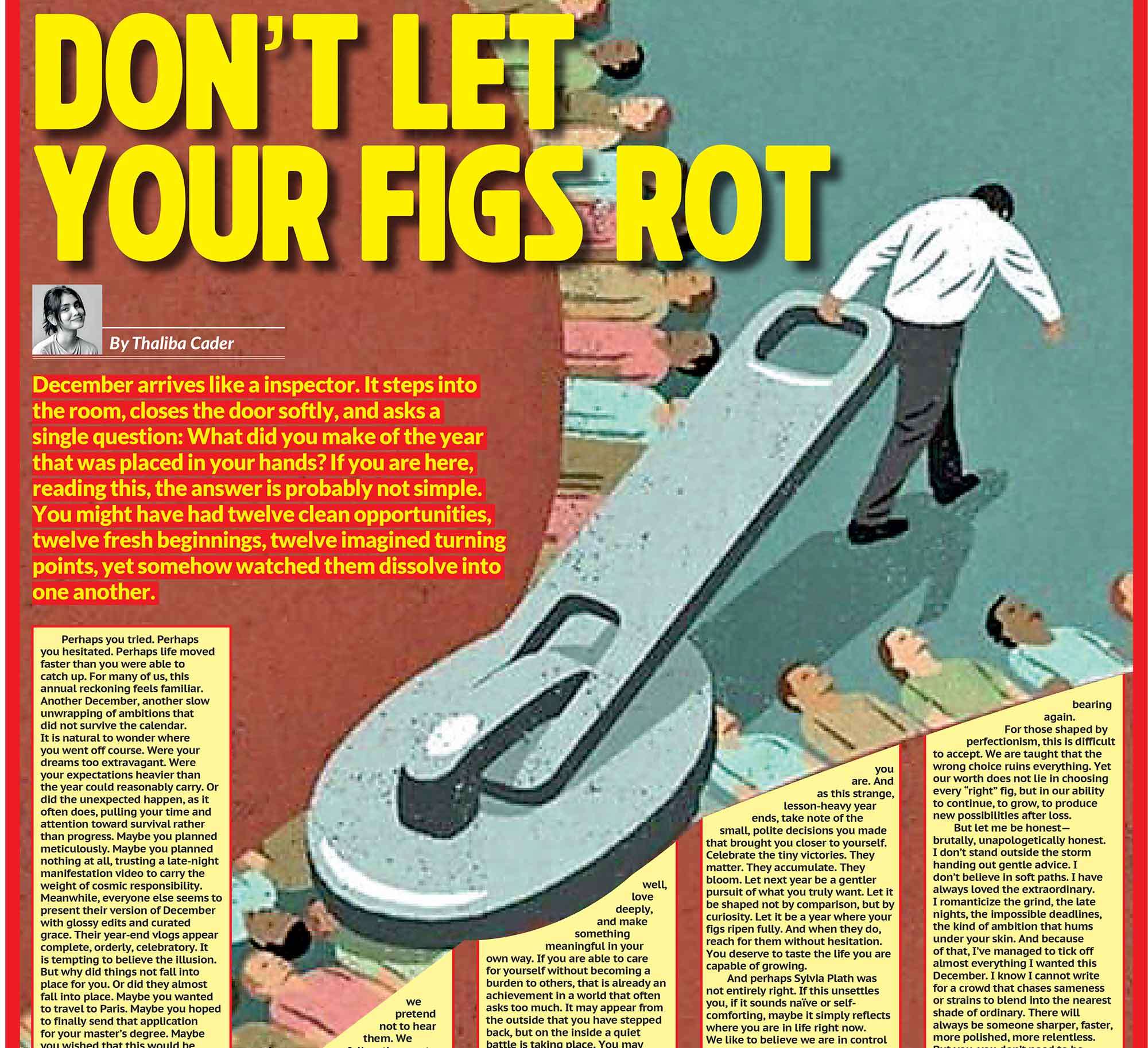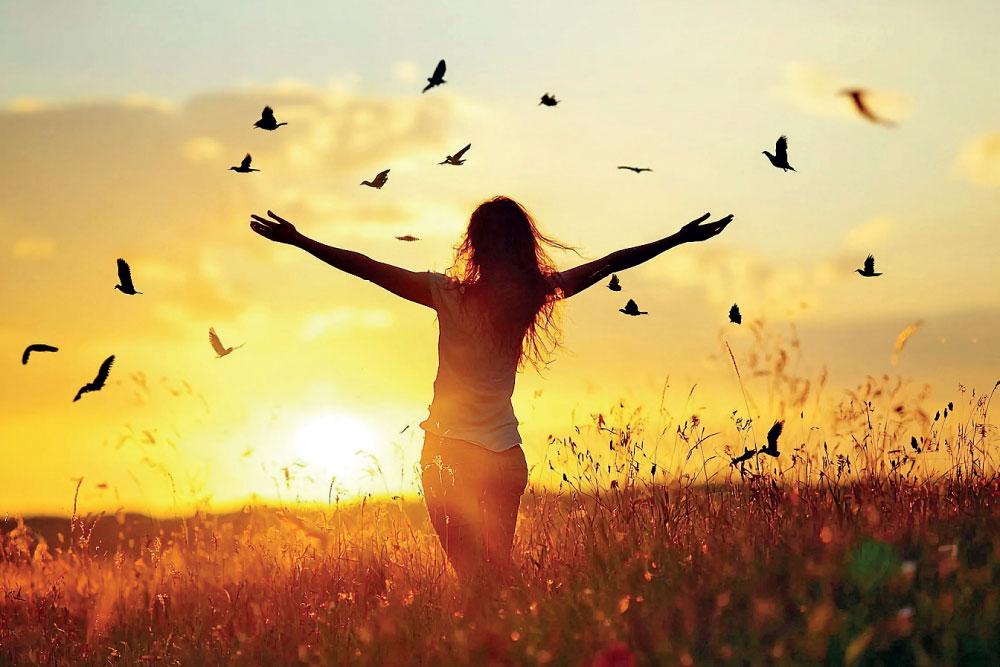
There was a time when the phrase “glow-up” meant a full physical transformation, clearer skin, shinier hair, a closet overhaul, and a radiant smile that whispered, “Look at me now.” We saw glow-ups on Instagram, on Tiktok, in the before-and-after reels of influencers rising from their awkward teen years to filtered fabulousness.
|
They were dramatic, aesthetic, and visual. But somewhere along the line, perhaps around the third wave of lockdowns, or amid a collective reckoning with burnout and breakups, this narrative shifted. Today’s glow-up isn’t about aesthetics; it’s about alignment. It’s about therapy, boundaries, nervous system regulation, inner child work, and saying “no” without guilt. Healing, it seems, has become the new glow-up. But here’s the question nobody is really asking: what comes after the healing? The Evolution of the Glow-UpTo understand where we’re going, we need to understand how we got here. The “original” glow-up narrative fed on outward change. Think makeover montages, revenge bodies, or the classic “she cut her hair, she’s never coming back” trope. The glow-up symbolised power reclaimed, often through looks and lifestyle upgrades. It was about showing the world, and more importantly, your ex, that you had moved on. |
Healing Isn’t Linear: It’s a LandscapeOne of the most widespread misconceptions about healing is that it’s linear, that it follows a clean arc from pain to peace, with each therapy session or breakthrough acting like a rung on a ladder. We expect progress to be steady and visible. But real healing doesn’t work like that.
|
|
|
The Myth of Constant GrowthWe live in a culture obsessed with self-improvement. There’s always another habit to build, another mindset to master, another shadow to integrate. But healing doesn’t mean you have to constantly work on yourself. At some point, you’re allowed to just be. Letting yourself exist without the pressure of transformation is also a form of liberation. There’s a difference between evolving and striving. One is rooted in self-love. The other is often rooted in self-doubt, disguised as ambition. Growth is beautiful. But stillness is sacred. |
From Isolation to IntegrationAnother overlooked part of the post-healing journey is reconnection. For many, healing begins with solitude. You remove yourself from toxic dynamics. You isolate to hear your own thoughts. You learn to validate yourself. But eventually, that solitude must turn into community. Because healing was never meant to be a solo project. We heal in relationship. In being seen, held, challenged, and loved. True wholeness is tested and strengthened in community. In the mundane and the messy. In laughter and conflict and tenderness. And here’s the kicker: when you stop performing your glow-up, you start attracting people who meet you in your wholeness, not your wounds.
|
The Trap of “Performative” Healing
|
So, What Comes After the Healing Glow-Up?Here’s the honest answer:
|


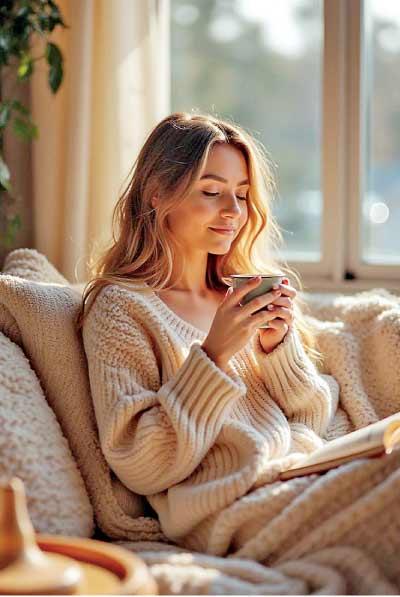 While healing is deeply necessary and powerful, we have to be honest about how we talk about it online. Somewhere between self-reflection and self-promotion, healing became part of the personal brand. Suddenly, there was a right way to heal, usually involving aesthetically pleasing routines, expensive wellness products, and a curated vulnerability that felt palatable but not too raw. Your pain had to be poetic, your lessons digestible. Crying in the mirror was fine, if it was filmed in golden hour and send to Lana Del Rey. This isn’t to say these expressions are inauthentic. But healing, in its truest form, is not always aesthetic or marketable. It’s messy. It’s slow. It’s circular. And it’s often silent.We rarely see the days when progress feels like defeat. Or the moments when you’re exhausted from over-analyzing every trigger, wondering if you’ll ever “arrive.” Because that’s the thing: healing doesn’t have a finish line.
While healing is deeply necessary and powerful, we have to be honest about how we talk about it online. Somewhere between self-reflection and self-promotion, healing became part of the personal brand. Suddenly, there was a right way to heal, usually involving aesthetically pleasing routines, expensive wellness products, and a curated vulnerability that felt palatable but not too raw. Your pain had to be poetic, your lessons digestible. Crying in the mirror was fine, if it was filmed in golden hour and send to Lana Del Rey. This isn’t to say these expressions are inauthentic. But healing, in its truest form, is not always aesthetic or marketable. It’s messy. It’s slow. It’s circular. And it’s often silent.We rarely see the days when progress feels like defeat. Or the moments when you’re exhausted from over-analyzing every trigger, wondering if you’ll ever “arrive.” Because that’s the thing: healing doesn’t have a finish line. You do.
You do.

